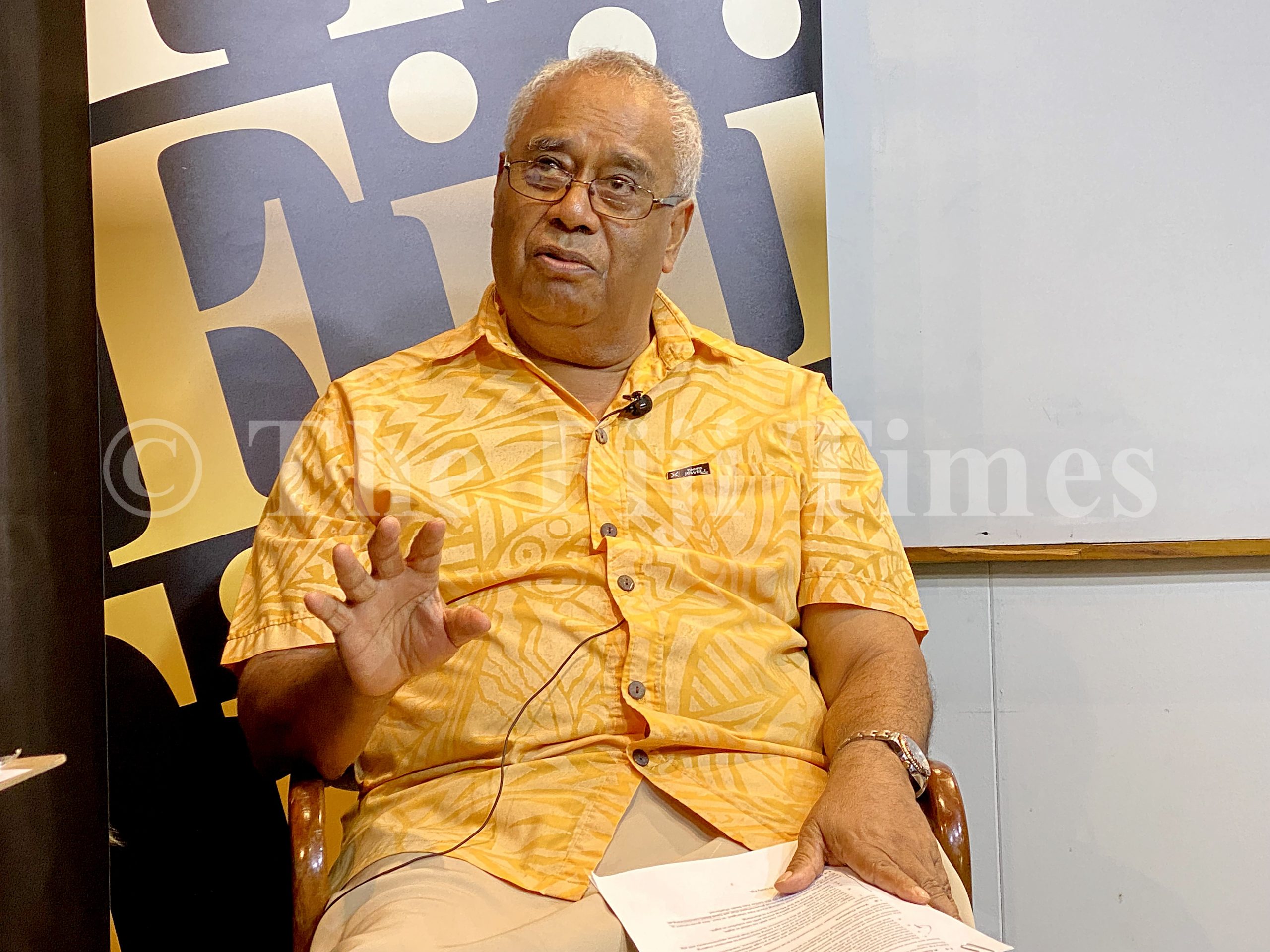Never before in Fiji’s history has any government inherited as much as $10billion in debt but like most things in life, there is always a first time.
In the Coalition Government’s 2024-2025 national budget delivered last Friday, its second since coming into power, it is clear that managing Fiji’s debt situation – which is being projected to be at $10.276b as of July, 2024 according to budget documents – is high priority on its agenda.
How it plans to do it is set out in its Medium Term Debt Management Strategy (MTDS), which, according to the documents, the Ministry of Finance is required by law to have in place.
The MTDS, it said, “will guide borrowing decisions for Government programs and capital infrastructure projects, while bring mindful of the cost of debt and minimising risks embedded in the current debt portfolio.”
The Government also has in place a 15-year fiscal framework with targets based on four basic assumptions: a real Gross Domestic Product growth of three per cent, inflation of two-three per cent, domestic interest rates to be around 10-year average, and, financing mix to be around 70:30 (+/-5).
If all goes according to plan, then Fiji’s debt in 15 year’s time, or by 2040, will be so dwarfed by economic growth that it would stand at 60.2 per cent of GDP, even though by actual value, it would be around $19billion.
Right now, the $10.276b total debt is 78per cent of GDP, according to the budget documents.
But have you ever wondered, who exactly are these people that we owe money to?
According to the Reserve Bank of Fiji’s information brochure on Government debt, when a Government needs to borrow, as is always the case every year since it tends to spend more than it earns, it borrows through a combination of domestic and external borrowings.
“Government have the option to borrow from individuals, businesses, multilateral lending institutions such as the World Bank and the Asian Development Bank and even other governments,” RBF stated.
And how does it work?
“Typically, a government issues Treasury-bills (T-bills) or government bonds to raise these funds,” RBF further stated.
“The T-bills are short-term (less than one year) promissory notes issued by governments to manage temporary shortfalls or seasonality in revenue collections.
“Government bonds are for periods greater than one year in which the issuer promises to pay a fixed amount of interest (or coupon) during the term of the bond and face value at maturity.
“When a government issues bonds, investors bid to buy it and usually the bidder who tenders the lowest interest rate is selected.
“Governments have the option to issue these bonds, both domestically and externally. However, in Fiji’s case, most external borrowings are direct loans that are tied to a particular infrastructure project.”
A clearer and more recent picture of who our creditors are can be found in the Fiji Government’s 2022-2023 annual debt report (refer to table), a public document prepared by the Ministry of Finance detailing how it’s doing with its debt management job.
According to this document, a bulk of Fiji’s domestic debt is held in government bonds, of which the Fiji National Provident Fund (FNPF) is the biggest holder.
As of July 2023, the FNPF and its related interests were holding over 67per cent or $3.99billion worth of Government bonds, making it Government’s biggest financier in the domestic market.
Other local parties that we owe money to are insurance companies, commercial banks, the Reserve Bank of Fiji, trust funds, the Unit Trust of Fiji, Merchant Finance and Kontiki Finance Ltd among others.
Externally, Fiji’s debt is mostly in loans, which stood at $3.5b as at July 2023.
Our biggest lender is the Asian Development Bank, to whom we owe $1.41b (July 2023) followed by the World Bank Group, at $1.08b.
Other parties include the Japan International Cooperation Agency, EXIM China, the Asian Infrastructure Investment Bank and the Australia Infrastructure Financing Facility for the Pacific among others.
As Government plans to borrow a total of $984.6million during the budgeted fiscal year 2024-2025, to fund its deficit ($635.5m) and to honour its debt repayments ($349.1m), there is every likelihood as is always the case, that most of this will be borrowed domestically through the issuance of bonds and treasury bills which the Reserve Bank of Fiji will facilitate on behalf of the Government of Fiji.





